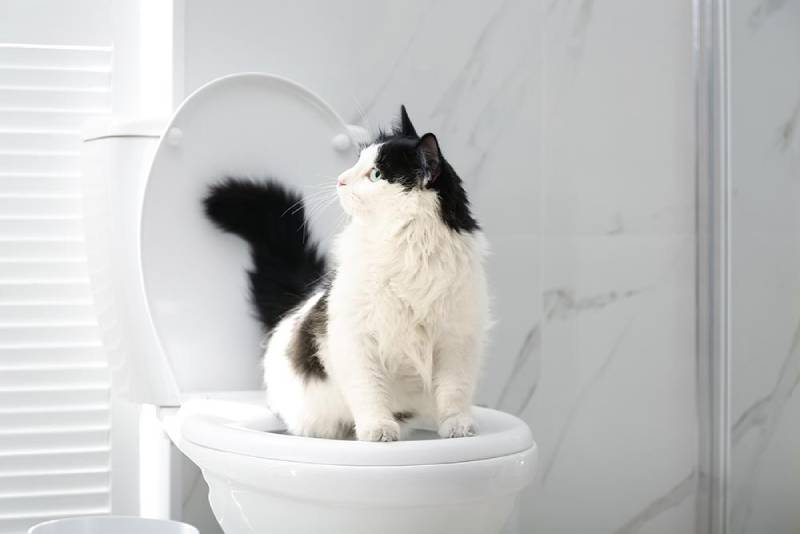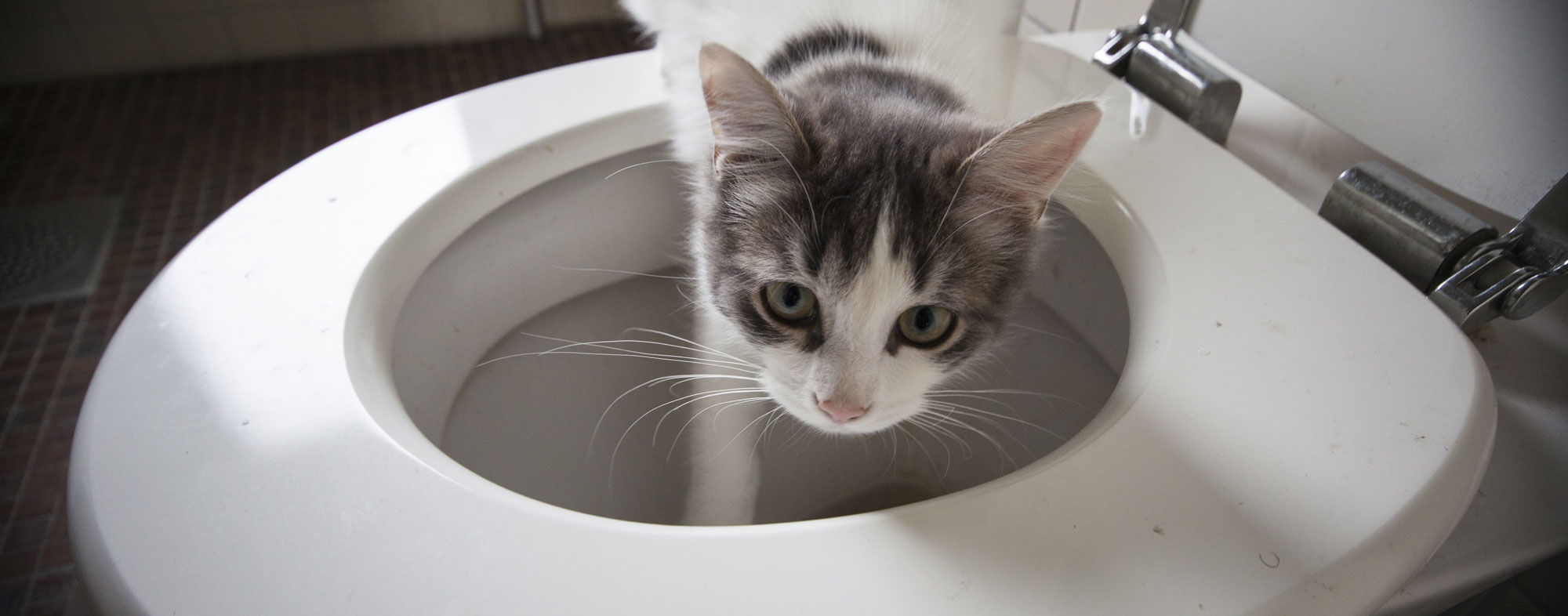Just how do you actually feel in relation to Can You Flush Cat Poop Down The Toilet??

Intro
As feline proprietors, it's important to bear in mind exactly how we dispose of our feline good friends' waste. While it might seem hassle-free to flush pet cat poop down the bathroom, this method can have damaging effects for both the setting and human health.
Ecological Impact
Flushing pet cat poop presents hazardous pathogens and bloodsuckers into the supply of water, posing a substantial danger to aquatic ecological communities. These pollutants can adversely impact aquatic life and compromise water quality.
Wellness Risks
In addition to ecological worries, flushing pet cat waste can likewise pose health dangers to humans. Pet cat feces may have Toxoplasma gondii, a parasite that can cause toxoplasmosis-- a possibly severe health problem, particularly for expectant women and individuals with damaged body immune systems.
Alternatives to Flushing
Luckily, there are safer and a lot more responsible methods to deal with pet cat poop. Consider the adhering to alternatives:
1. Scoop and Dispose in Trash
One of the most common approach of dealing with pet cat poop is to scoop it into a naturally degradable bag and toss it in the trash. Make sure to make use of a devoted clutter scoop and throw away the waste quickly.
2. Usage Biodegradable Litter
Opt for naturally degradable pet cat litter made from materials such as corn or wheat. These trashes are eco-friendly and can be safely gotten rid of in the garbage.
3. Bury in the Yard
If you have a lawn, take into consideration burying feline waste in a marked location away from vegetable gardens and water resources. Make certain to dig deep enough to avoid contamination of groundwater.
4. Set Up a Pet Waste Disposal System
Buy an animal garbage disposal system especially made for cat waste. These systems utilize enzymes to break down the waste, minimizing smell and ecological impact.
Conclusion
Accountable family pet possession expands beyond offering food and shelter-- it likewise includes appropriate waste monitoring. By avoiding purging pet cat poop down the commode and opting for alternative disposal methods, we can lessen our ecological impact and shield human wellness.
Why Can’t I Flush Cat Poop?
It Spreads a Parasite
Cats are frequently infected with a parasite called toxoplasma gondii. The parasite causes an infection called toxoplasmosis. It is usually harmless to cats. The parasite only uses cat poop as a host for its eggs. Otherwise, the cat’s immune system usually keeps the infection at low enough levels to maintain its own health. But it does not stop the develop of eggs. These eggs are tiny and surprisingly tough. They may survive for a year before they begin to grow. But that’s the problem.
Our wastewater system is not designed to deal with toxoplasmosis eggs. Instead, most eggs will flush from your toilet into sewers and wastewater management plants. After the sewage is treated for many other harmful things in it, it is typically released into local rivers, lakes, or oceans. Here, the toxoplasmosis eggs can find new hosts, including starfish, crabs, otters, and many other wildlife. For many, this is a significant risk to their health. Toxoplasmosis can also end up infecting water sources that are important for agriculture, which means our deer, pigs, and sheep can get infected too.
Is There Risk to Humans?
There can be a risk to human life from flushing cat poop down the toilet. If you do so, the parasites from your cat’s poop can end up in shellfish, game animals, or livestock. If this meat is then served raw or undercooked, the people who eat it can get sick.
In fact, according to the CDC, 40 million people in the United States are infected with toxoplasma gondii. They get it from exposure to infected seafood, or from some kind of cat poop contamination, like drinking from a stream that is contaminated or touching anything that has come into contact with cat poop. That includes just cleaning a cat litter box.
Most people who get infected with these parasites will not develop any symptoms. However, for pregnant women or for those with compromised immune systems, the parasite can cause severe health problems.
How to Handle Cat Poop
The best way to handle cat poop is actually to clean the box more often. The eggs that the parasite sheds will not become active until one to five days after the cat poops. That means that if you clean daily, you’re much less likely to come into direct contact with infectious eggs.
That said, always dispose of cat poop in the garbage and not down the toilet. Wash your hands before and after you clean the litter box, and bring the bag of poop right outside to your garbage bins.
https://trenchlesssolutionsusa.com/why-cant-i-flush-cat-poop/

Do you enjoy more info about Can You Flush Cat Poop Down The Toilet?? Create feedback further down. We'd be delighted to hear your thinking about this blog posting. We are looking forward that you come back again soon. Loved our write-up? Please share it. Help other people find it. Kudos for your time. Please check our site back soon.
Browse Website
Comments on “Dangers of Flushing Cat Poop in Your Toilet - Preventive Measures”